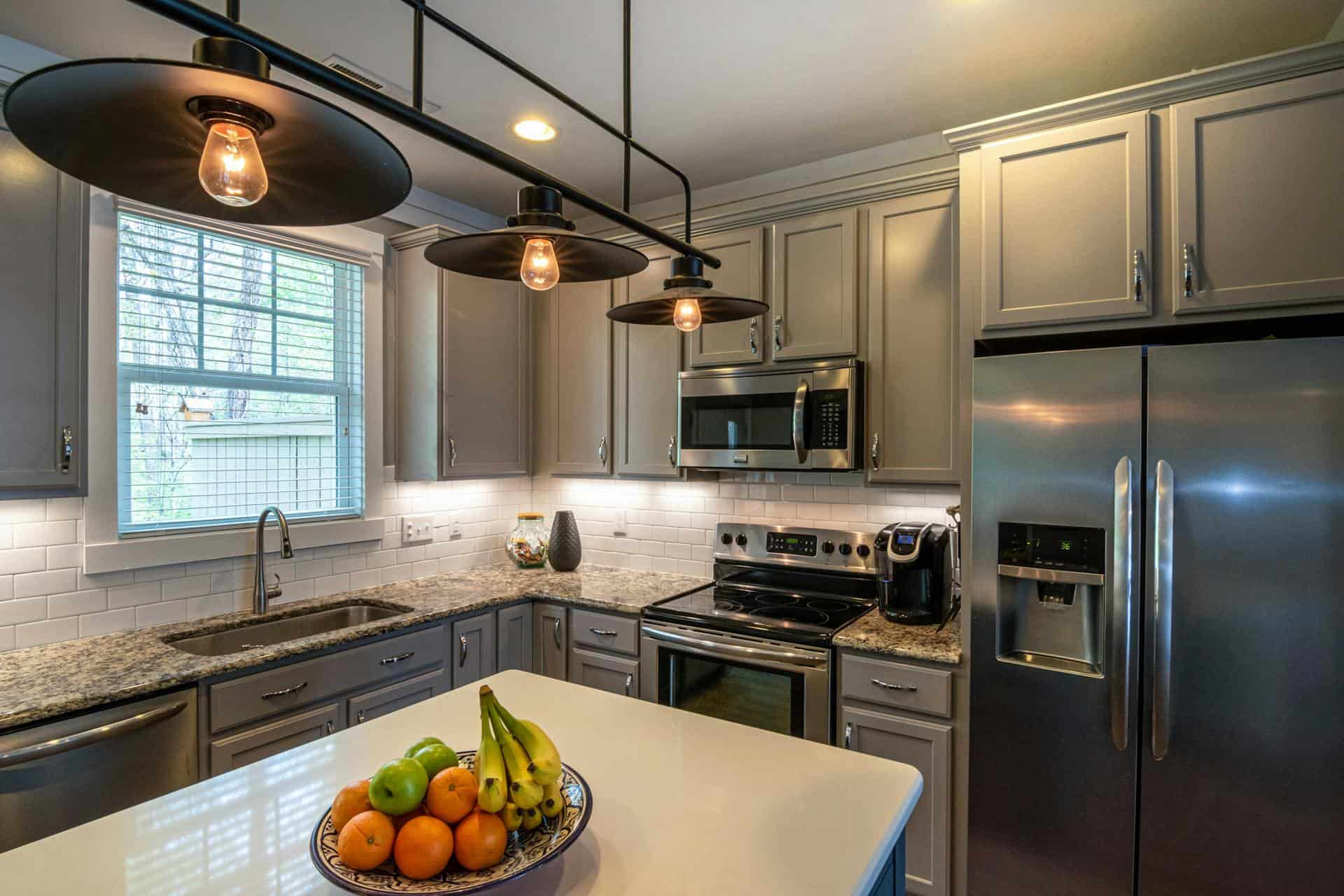
Question: What Is The Kitchen Triangle Rule In Feng Shui?
Answer: The kitchen triangle rule in feng shui relates to the placement of the stove (fire), sink (water), and refrigerator (earth). Ideally, these elements shouldn’t be directly next to each other to prevent conflicting energies.
Feng Shui Kitchen Design: The Triangle Explained
The kitchen serves as the heart of the home, a space for nourishment and connection. Feng shui principles offer guidance on optimizing this vital area. A key concept in feng shui kitchen design is the work triangle, emphasizing the placement of the stove, sink, and refrigerator. This arrangement aims to create balance and efficient movement within the kitchen.
Understanding the Kitchen Triangle
The kitchen triangle connects the three main work areas: the stove (fire element), the sink (water element), and the refrigerator (earth element). Feng shui seeks to balance these elements for harmonious energy flow. An efficient triangle minimizes wasted steps and maximizes functionality, promoting a smooth and productive cooking experience. Proper placement prevents conflicts between fire and water elements, enhancing the overall positive energy of the kitchen.
The ideal distance between each point of the triangle ranges from 4 feet to 9 feet, with a total combined distance of 13 feet to 26 feet. This arrangement prevents excessive walking while ensuring ample space for comfortable movement. Too small a triangle can feel cramped, while too large a triangle can make cooking tasks cumbersome.
Click this link to read more about Blue Kitchen Refacing
Related Article: What Is The CM Rule For The Kitchen Triangle?
Related Article: What Are The Disadvantages Of A Kitchen Triangle?
Optimizing the Kitchen Triangle for Feng Shui
Obstacles within the triangle can disrupt the flow of energy. Keep the area clear of clutter and unnecessary items to promote smooth movement and positive energy. Ensure pathways between appliances remain unobstructed, allowing for free and efficient movement. This clear path fosters a sense of order and ease in the kitchen.
Incorporate the five feng shui elements – wood, fire, earth, metal, and water – to create a balanced and harmonious kitchen. Use wood for cabinets, fire for the stove, earth for countertops, metal for appliances, and water for the sink. Introducing plants or wooden décor can enhance the wood element, while metal accents can bolster the metal element. This balance promotes a vibrant and nurturing environment.
Kitchen Island Considerations
A kitchen island can offer additional workspace and storage. If including an island, ensure it does not obstruct the work triangle. Maintain clear pathways between the main appliances and the island. Consider incorporating the island into the work triangle by housing the sink or cooktop within it. This expands the workspace while preserving the triangle’s functionality. Integrating the island thoughtfully enhances both efficiency and energy flow.
The island’s shape and placement can also influence feng shui. Opt for rounded or oval shapes to promote gentle energy flow rather than sharp corners. Position the island to allow for easy movement and access to all other work areas. Avoid placing the island directly in line with the kitchen entrance, as this can create a sense of confinement or blockage. Consider its impact on the overall energy flow and functionality of the space.
Adapting the Triangle for Different Kitchen Layouts
While the traditional triangle serves as a guideline, adapt it to suit various kitchen layouts. In smaller kitchens, a single-wall or galley layout might necessitate a modified triangle. Focus on maintaining clear work zones and minimizing distances between key appliances. Even in non-traditional layouts, the principles of balance and efficient flow remain crucial.
In larger kitchens, consider creating multiple work zones, each with its own mini-triangle. This accommodates various cooking activities and allows for multiple users without creating congestion. Ensure each zone remains functional and accessible. Adapting the triangle to suit the space ensures that feng shui principles enhance the kitchen’s practicality and positive energy, regardless of its size or layout.
Conclusion
By understanding and applying these principles, you can create a kitchen that supports both efficient workflow and harmonious energy. The kitchen triangle, a core element of feng shui kitchen design, provides a framework for optimizing the space for both practical use and positive energy flow. Adapting the triangle to your specific needs ensures a kitchen that nourishes both body and spirit.

Blue Malue Get in touch with Blue here.
